After years of development, a powerful and speedy full-body scanner is ready for action.
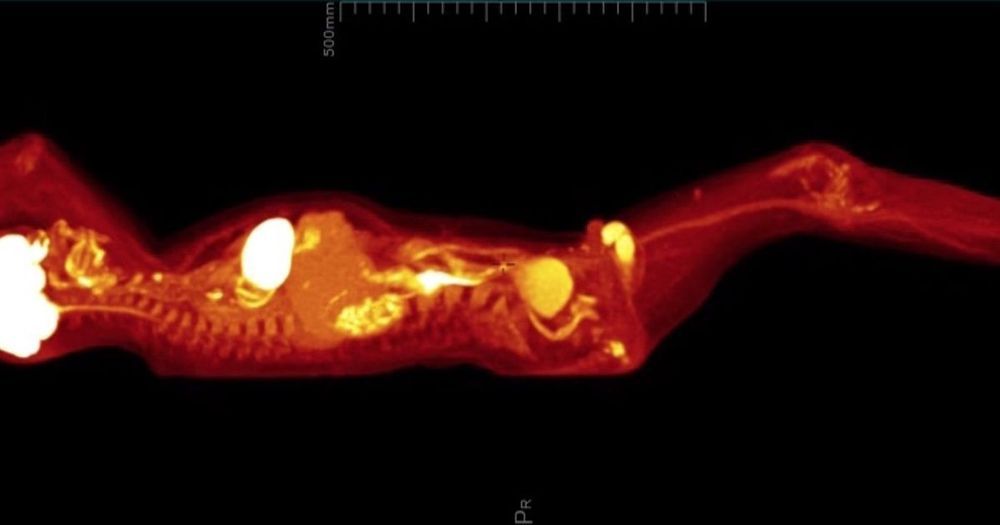

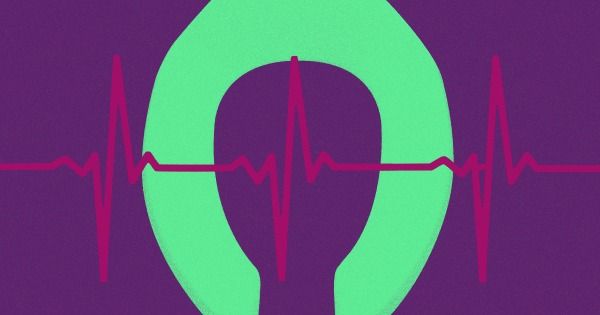
A team of researchers at the Rochester Institute of Technology invented a “toilet seat-based cardiovascular monitoring system” that could help hospitals monitor patients for risk of congestive heart failure — a toilet, in other words, that detects whether your heart is about to give out.
“This system will be uniquely positioned to capture trend data in the home that has been previously unattainable,” reads the paper, published in the journal JMIR Mhealth Uhealth.
Integrated into the seat is a device that measures heart rate, blood pressure, and blood oxygenation levels. Algorithms will take in all that data and notify health practitioners if the patient’s condition deteriorates.

A new study identifies a single molecule as a key entry point used by two types of dangerous bacteria to break through cellular barriers and cause disease. The findings, published March 19 in the journal mBio, suggest that blocking the interaction between the molecule, known as CD40, and bacteria may represent a universal strategy for preventing life-threatening illnesses, including toxic shock syndrome.
The two bacteria, Staphylococcus aureus (staph) and Streptococcus pyogenes, cause many serious illnesses. According to the Centers for Disease Control and Prevention, staph causes 70,000 cases of highly fatal pneumonia, 40,000 cases of severe heart infections, and over 500,000 post-surgical infections each year. Streptococcus pyogenes causes 10 million cases of sore throat and 30,000 cases of severe invasive diseases annually.
“Many of the infections caused by these two bacteria start on the skin or on the mucosal surfaces that line body cavities like the nose, mouth and throat, the gut, and the vagina. The ability of these bacteria to cause disease depends on production of a family of toxins known as superantigens, which cause exceptionally harmful inflammation,” explains Patrick Schlievert, Ph.D., professor and head of microbiology and immunology at the University of Iowa Carver College of Medicine and lead author of the new study.
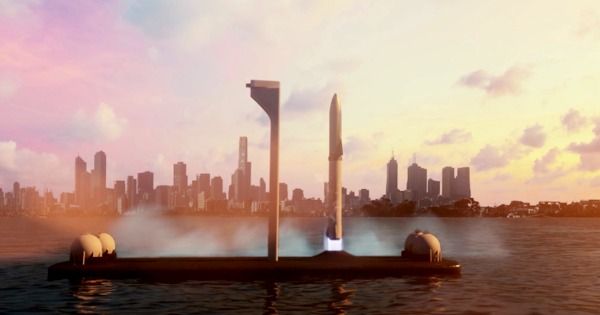
A new report by Swiss investment bank UBS predicts that soon high speed travel through the near reaches of space will come to compete with long-haul airline flights.
UBS analysts estimate that space tourism alone will become a $3 billion market by 2030, while the space industry as a whole will double in worth from $400 billion today to $805 billion over the same period. And once we can spend a week of vacation in space, they ask, why not use the technology for Earth-bound long-distance travel?
“Space tourism could be the stepping stone for the development of long-haul travel on earth serviced by space,” wrote UBS analysts Jarrod Castle and Myles Walton in the report, as quoted by CNBC.
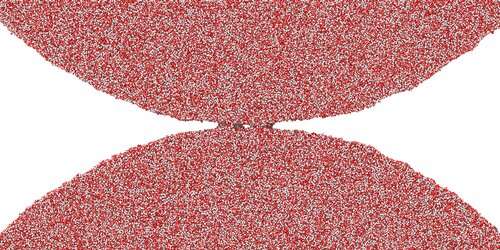
Scientists have revealed the precise molecular mechanisms that cause drops of liquid to combine, in a discovery that could have a range of applications.
Insights into how droplets merge could help make 3D printing technologies more accurate and may help improve the forecasting of thunderstorms and other weather events, the study suggests.
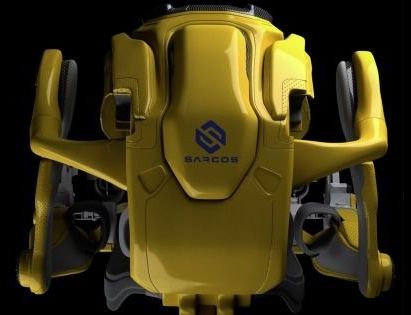
The partnership could greatly enhance the productivity of a single officer in the field and decrease fatigue or strain — but the USSOCOM didn’t reveal the exact intended use case for the exoskeleton, which lets the wearer heft 200 pounds (90 kg).
Forklift Arms
It’s the latest sign that exoskeletons are finally hitting the mainstream. Automobile manufacturers are already considering the use of simpler exoskeletons on factory floors. And the Food and Drug Administration approved a lower-body exoskeleton last year for use by people with lower limb disabilities.

Up until now, the ability to make gray goo has been theoretical. However, the scientists at the Columbia University School of Engineering and Applied Science have made a significant breakthrough. The individual components are computationally simple but can exhibit complex behavior.
Current robots are usually self-contained entities made of interdependent subcomponents, each with a specific function. If one part fails, the robot stops working. In robotic swarms, each robot is an independently functioning machine.
In a new study published today in Nature, researchers at Columbia Engineering and MIT Computer Science & Artificial Intelligence Lab (CSAIL), demonstrate for the first time a way to make a robot composed of many loosely coupled components, or “particles.” Unlike swarm or modular robots, each component is simple, and has no individual address or identity. In their system, which the researchers call a “particle robot,” each particle can perform only uniform volumetric oscillations (slightly expanding and contracting), but cannot move independently.
The team, led by Hod Lipson, professor of mechanical engineering at Columbia Engineering, and CSAIL Director Daniela Rus, discovered that when they grouped thousands of these particles together in a “sticky” cluster and made them oscillate in reaction to a light source, the entire particle robot slowly began to move forward, towards the light.


